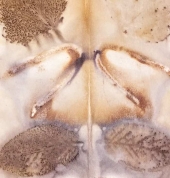
 8
8




Zone 6, 45 inches precipitation, hard clay soil




 3
3




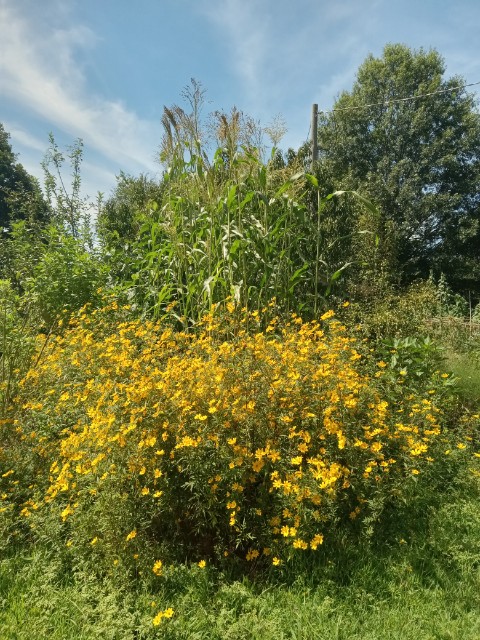
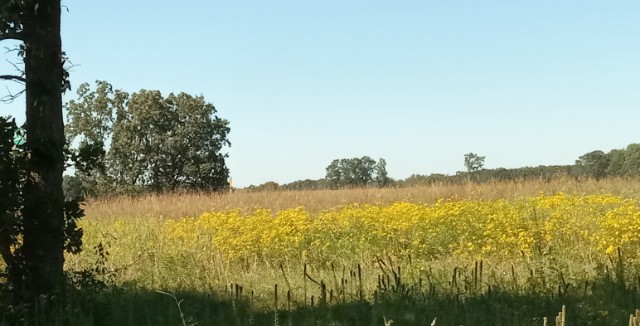
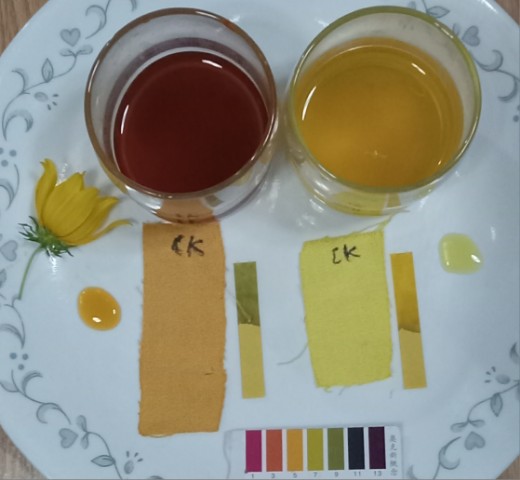
Zone 6, 45 inches precipitation, hard clay soil




 5
5




 4
4




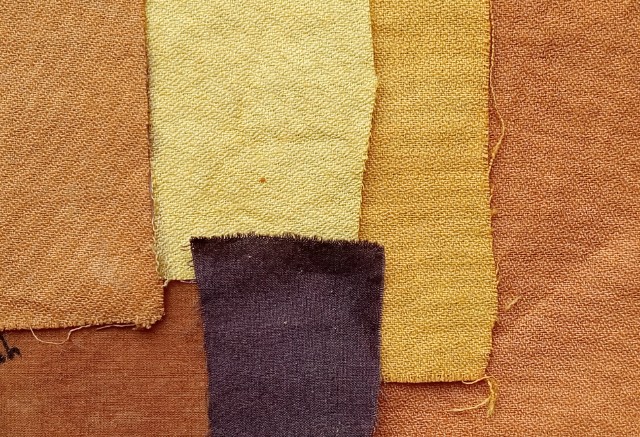
Zone 6, 45 inches precipitation, hard clay soil




 2
2




May Lotito wrote: That's very interesting to look into since adding protein will probably change the hand of fabric too, pretty much like making vegan leather.
 2
2




Zone 6, 45 inches precipitation, hard clay soil




 5
5








 3
3




Zone 6, 45 inches precipitation, hard clay soil




 2
2




Zone 6, 45 inches precipitation, hard clay soil





| I agree. Here's the link: http://stoves2.com |



